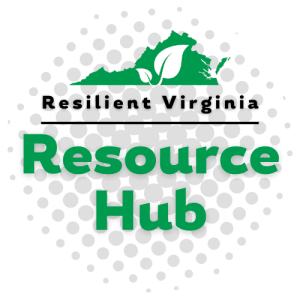 The USGCRP Indicators Catalog explains how environmental conditions are changing, assess risks and vulnerabilities, and helps inform resiliency and planning for climate impacts.
The USGCRP Indicators Catalog explains how environmental conditions are changing, assess risks and vulnerabilities, and helps inform resiliency and planning for climate impacts.
The Annual Greenhouse Index from the NOAA Global Monitoring Laboratory provides measurements of the capacity of Earth’s atmosphere to trap heat as a result of long-lived greenhouse gases, and explains how human activity has affected the climate system through greenhouse gas emissions.
The catalog also has data on Arctic glacier mass and extent, and information on why glacier ice is important for the environment. There are indicators with information from the NOAA on Atlantic Tropical Cyclone Days and Atmospheric Carbon Dioxide. There is data from the NOAA, Federal Emergency Management Agency, and U.S. Department of Agriculture on Billion Dollar Disasters showing that costly weather and climate disasters have increased.
Data from NASA and the National Snow and Ice Data center in the Frost-Free season indicator show how changes in the length of the frost-free season reflect the overall warming trend in the climate system; the indicator explains how the frost-free season can be an important factor in determining the potential growing season for vegetation.
Data from the NOAA in the Global Surface Temperatures Indicator show increases in global temperatures over the past century as an important line of evidence for the effects of increasing greenhouse gas emissions.
Indicators on heat waves and heating and cooling degree days explain how global warming affects the amount of energy used for heating and cooling.
The indicator for heavy precipitation shows that heavy precipitation affects the risk of floods and flash floods, information which is relevant to decisions about retention of surface water for flood mitigation or human use.
The indicators on marine species distribution, ocean chlorophyll concentrations, sea level rise, sea surface temperatures have data on marine fisheries and fishing communities that indicate changes in distribution, timing, and productivity of fishery-related species.
The indicators for the earlier start of spring have implications for agriculture, natural resource and hazard management, and recreation. Indicators for terrestrial carbon storage and U.S. surface temperatures can help decision makers understand how climate change, land management, natural disturbances, and ecosystem dynamics affect annual terrestrial carbon storage in the United States.
Click here for more information.




